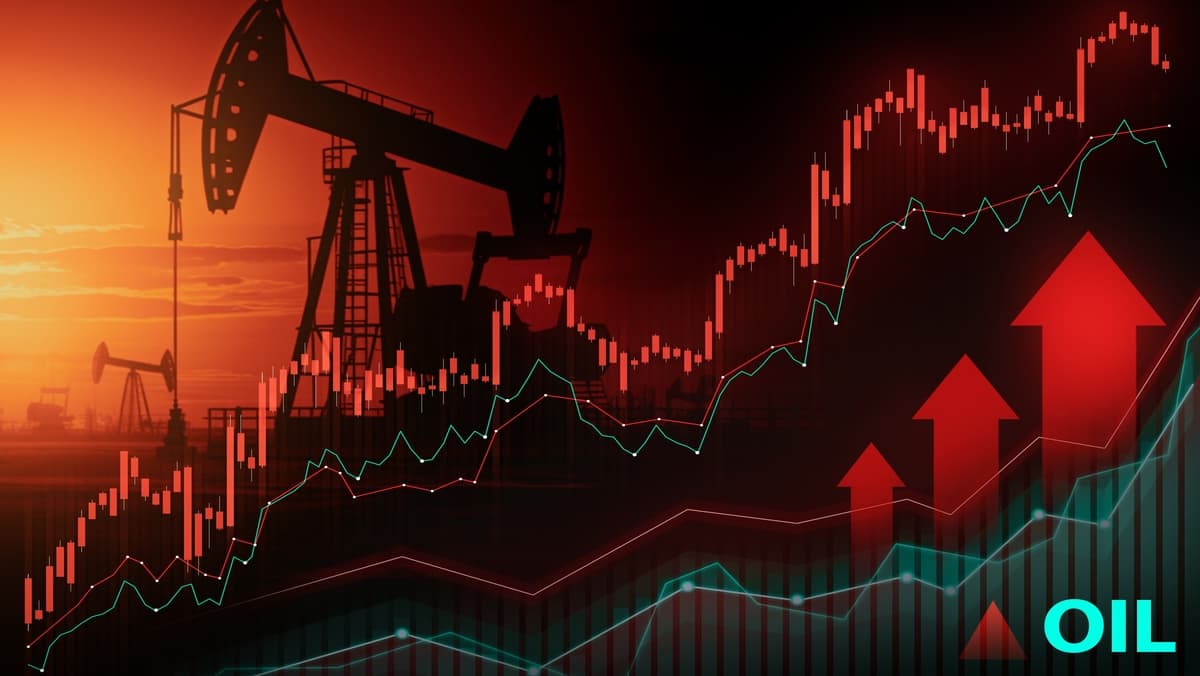Wednesday Sep 18 2024 06:53

4 min

Trading commodities can be a lucrative venture, but understanding the basics is essential to potential success. Whether you are new or looking to perfect your knowledge, here are ten basic terms every commodity trader should know.
Commodities are raw materials or staple agricultural products that can be bought and sold, such as gold, oil, or wheat. Commodities are often standardized and fungible, making them ideal for exchange trading.
A futures contract is an agreement to buy or sell a specific amount of a commodity at a specified time in the future at a predetermined price. This contract is essential for hedging against price fluctuations and speculation.
The spot market, also known as the cash market, is where commodities are bought and sold for immediate delivery. Prices in the spot market are determined by current supply and demand dynamics.
Hedging is a risk management strategy used to offset potential losses in one position by taking an opposite position in a related commodity. Producers and consumers of commodities often use hedging to stabilize prices.
Speculation involves trading commodities with the goal of profiting from price changes. Speculators take on higher risks in the hope of a significant return, often using leverage to magnify gains.
Margin is the amount of money required to open and maintain a leveraged trading position. In commodity trading, margin can be either initial margin (the amount required to open a position) or maintenance margin (the minimum balance required to keep a position open).
Leverage allows traders to control larger positions with less capital. While leverage can magnify gains, it also increases the potential for significant losses, so risk management is critical.
Contango is a market condition where the futures price of a commodity is higher than the expected spot price when the contract expires. This typically occurs when storage costs and interest rates are factored into the futures price.
Backwardation is the opposite of contango, where the futures price is lower than the expected spot price. This occurs when demand for a commodity is high or supply is short in the short term.
Liquidity refers to the ease with which a commodity can be bought and sold on the market without affecting its price. High liquidity means there are many buyers and sellers, which makes it easier to enter and exit trades.
Mastering fundamental terms is crucial for anyone aiming to succeed in commodity trading. Understanding concepts like market capitalization, liquidity, and sector classification helps traders make informed decisions and effectively analyze market conditions.
Knowing how indices like the S&P 500 are calculated and the criteria for including companies provides insight into market dynamics and influences on trading strategies. Being familiar with technical terms and market mechanics equips traders to navigate the complexities of commodity markets, manage risks, and capitalize on opportunities. By grasping these basic terms, traders can enhance their strategies, interpret market data accurately, and ultimately improve their chances of success in the dynamic world of commodity trading.
When considering shares, indices, forex (foreign exchange) and commodities for trading and price predictions, remember that trading CFDs involves a significant degree of risk and could result in capital loss.
Past performance is not indicative of any future results. This information is provided for informative purposes only and should not be construed to be investment advice.